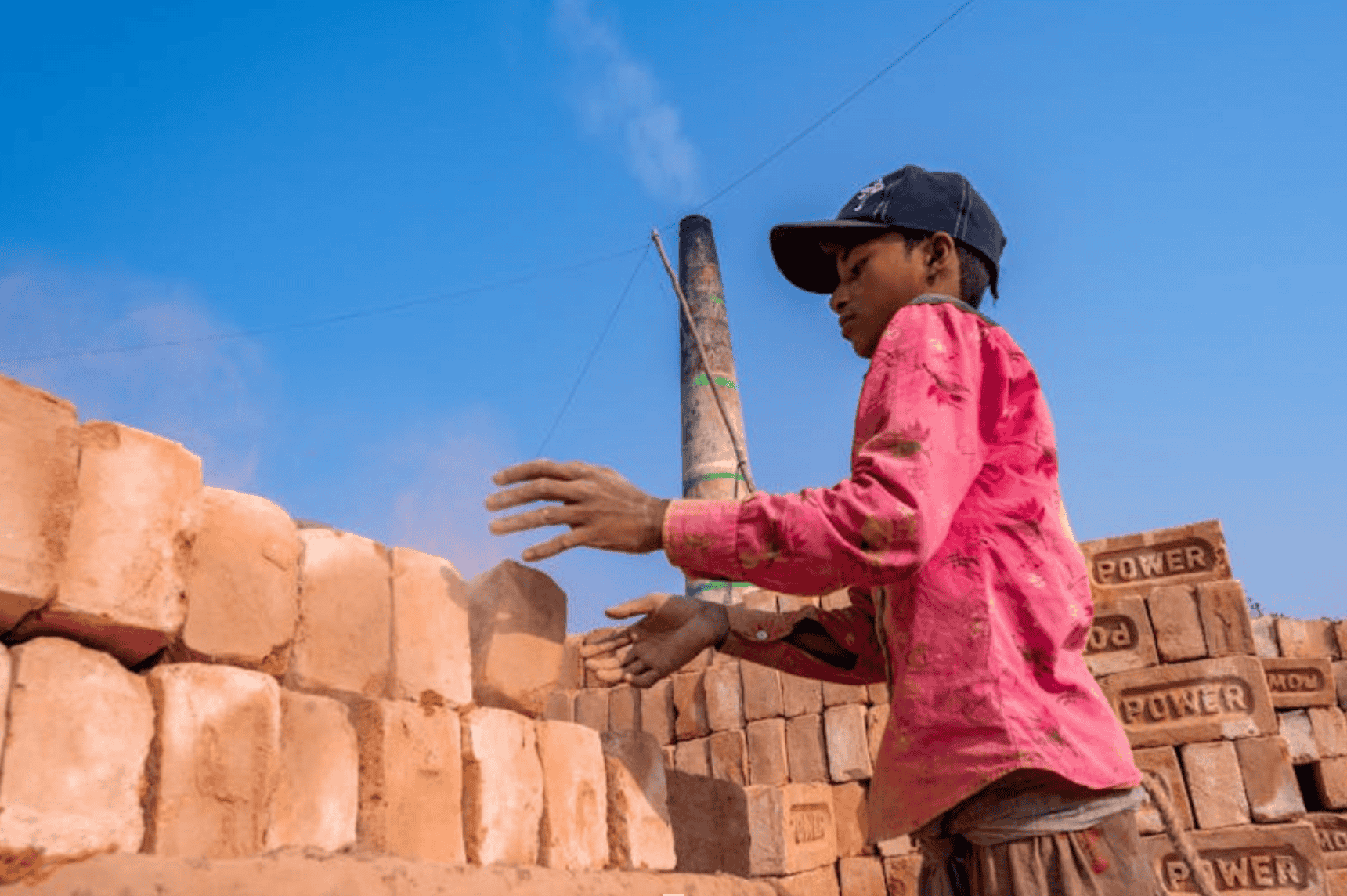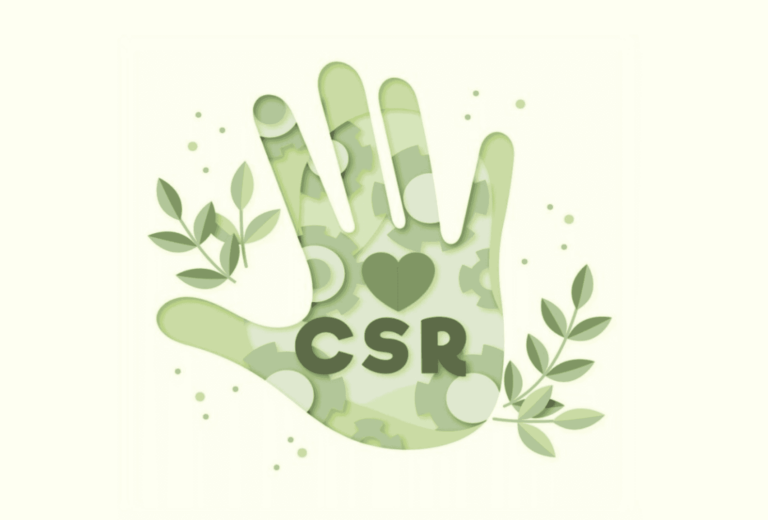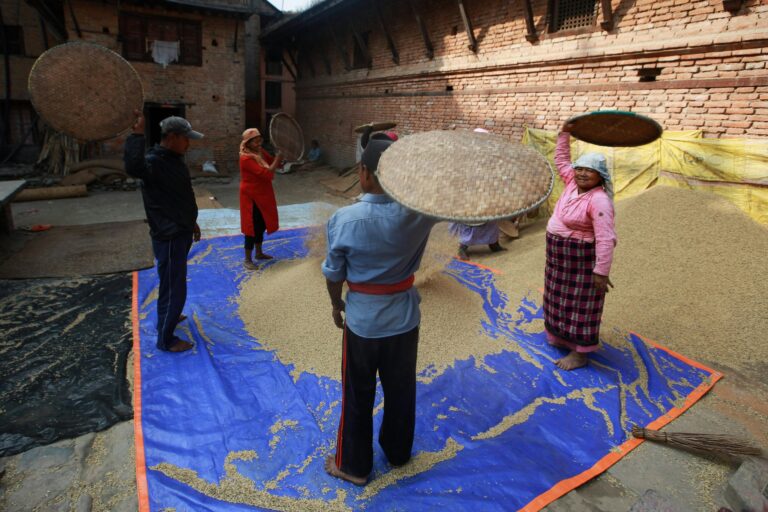Recently, the NuSocia Translational Research Center (NTRC) had the opportunity to conduct a research assignment on modern day slavery and organizations working against this. As we dove deeper, we came across a dozen different certifications that large corporations are required to have to prove that their organizations don’t have practices that promote or utilize child labor. The idea, although simple enough, prompted the question: why is child labor so difficult to tackle and do certifications really do enough?
Child labor remains a significant issue in the modern age, with approximately 160 million children worldwide engaged in child labor. Nearly half of them work under hazardous conditions. The number of children in child labor has increased by 8.4 million in the last four years, although there has been an increase in the implementation of social codes and standards in large manufacturing firms with increasing social scrutiny from both buyers and governments.
An excellent case study of efforts in child labor prevention is IKEA. In the mid 1990s, as IKEA expanded, their dependence on a global supply chain increased. About the same time, a documentary surfaced on the use of child labor in one of their Pakistani’s rug suppliers manufacturing unit. These allegations posed a tough question for IKEA’s supply chain management which had ties to factories in Pakistan, India, and Bangladesh. Many of these factories provided little pay, sometimes no pay, barely enough to keep up with food and lodging. The conditions were also uncovered to be detrimental with the wool processing and dust affecting eyesight and breathing. Soon after, a German documentary was released showcasing child labor in IKEA’s supply chain but was quickly debunked as a fake. Although IKEA shut relations with their Pakistani supplier, they understood that issues in their supply chain would persist.
Their brand image was recovering after the debunking of the latest documentary, so the management had the option of remaining at status quo with their brand image still intact. However, many of the members of their supply chain management wanted to remove themselves from the South Asia production to prevent such an issue from occurring again. Although both these options were feasible, there was a third they opted for: addressing the issues of child labor in the supply chain head on and reaching some of its root causes. They worked with UNICEF to create the IWAY which has been the blueprint for supply chain management and auditing to prevent child labor. The IKEA Foundation has also invested time, effort, and finances to improve the education systems in communities they work in and depend on within their supply chain. They understand that this is borne out of desperation and improving livelihoods is key to prevention.
Although this was an exemplary case study, we wanted to know if this is something that could easily be replicated and adopted by other manufacturers and within their supply chain. Large manufacturers and converters within the EU who also utilized Asian supply chains required the BSCI certification by amfori that actively prevents and audits parties within the supply chain. Many brands require their suppliers to maintain a BSCI certification. The motivation, however, behind these requirements is government compliance. When questioned further, some of the suppliers mentioned that they are happy to have these certifications and compliances in place. It is their strongest motivator, above maintaining market image and keeping in line with their company values, simply because it provides them a framework and guiding path.
Most times any company worth their salt would ensure a healthy and decent workplace for their employees, not only because it is the right thing to do, but because that is the only way for a sustainable, long-term corporate strategy. However, sometimes it can be a struggle to know the roadmap of how to create the best working environment. For example, although BSCI mandates only certain overtime working hours, many manufacturers face demand from their workers to go beyond this threshold. The workers require additional hours because they need the additional income. This poses a dilemma for manufacturers who have the hours to give, employees who need the hours, with regulations stating that providing those hours would be illegal. However, due to a clear mandate, exploitation of employees in desperate situations can be prevented.
Although the examples suppliers gave may not necessarily speak to child labor, we see this translated time and again in the informal sector in developing nations. Burmese children fleeing conflict and ending up in Thailand as illegal immigrants looking for housing and work. Or in India, children being taken up as house help due to extreme poverty. With systems failing them and mandates preventing work, the informal sector takes in those desperate to find a livable income. And although as a society we agree that child labor is incorrect, many households continue to help children by hiring them as house help and yet funding their education sometimes. This cognitive incongruence and dissonance between ethics and practicality is difficult to navigate, making child labor a difficult wicked problem to tackle.
However, the messaging is clear: policies provide a guiding light and a framework for organizations to tackle this. Similarly, we need to ensure there are systems that limit the exploitation of child laborers in informal sectors. Individuals and consumers being socially critical and effecting change is great, but without formal regulations and a social system that allows child laborers an alternative path, the ethics around child labor becomes murky and difficult to navigate.
References –




